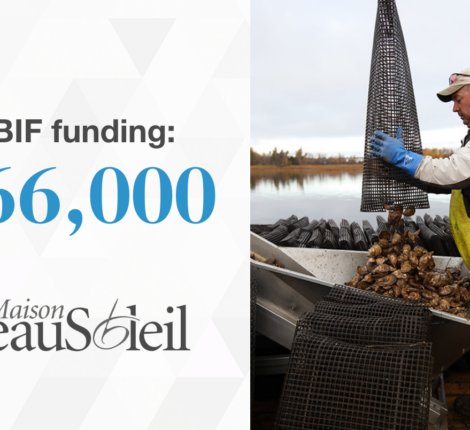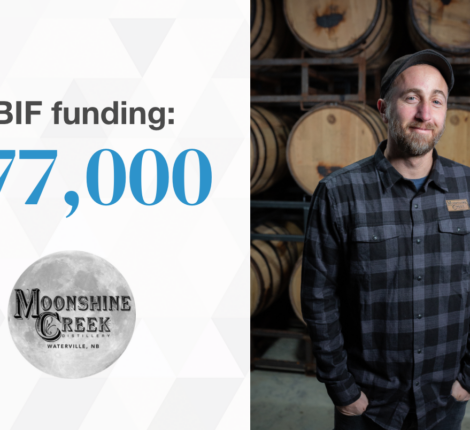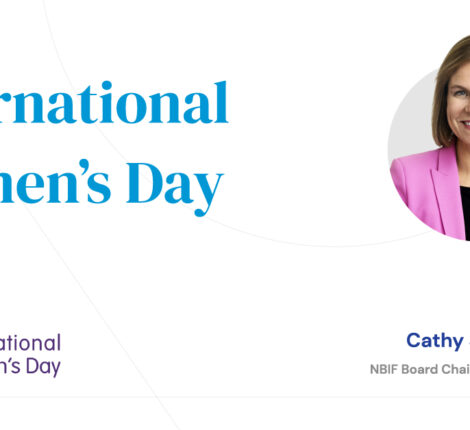- March 10, 2011
- Innovation Insights
- Comments : 0
Entrepreneur hopes to market carbon capture system
By Jennifer Campbell – Telegraph Journal | link to original article
The idea of carbon capture isn't new. But add the word “economical” to the phrase carbon capture and the ears of investors will no doubt perk up.
Building the world's first economical carbon capture system is exactly what Scott Walton and his colleagues are attempting to do. The idea behind carbon capture and storage (the latter is also referred to as sequestration in industry parlance) is to mitigate the effects of fossil fuel emissions by capturing the carbon dioxide from fossil fuel power plants and storing it so that it never enters, and therefore never pollutes, the atmosphere.
A typical coal plant emits one million tons of carbon dioxide every year. Carbon capture technology can remove 90 per cent of the CO2 found in flue gases but the problem with the systems that exist today, Walton says, is that they force coal plants to consume an extraordinary amount of additional fuel just to capture the carbon dioxide. And then there's the issue of cost.
“So if you have a coal plant that's outputting one megawatt of energy,” Walton says, “today's systems would force that plant to consume an additional 70 per cent of fuel, on top of what they're using to produce the one megawatt. If you look at it from a cost perspective, it's very intense for coal-plant owners.”
In addition, existing systems cost a lot to buy and implement in the first place. Walton estimates they can cost up to 40 per cent of the value of the coal plant as a whole.
“A typical 800 MW plant is roughly $1 billion to build and assemble,” he says.
“Carbon capture systems would be an incremental $400 million to buy and install. It's extremely expensive for an operator.”
Walton's company, Enovex Corp., plans to change that with the world's first “hybrid membrane-adsorbent system.” The system is based on the chemical absorption process, or chemical scrubbers and strippers, and the company is one of six finalists in the New Brunswick Innovation Fund's Breakthru business competition. A winner will be announced March 16.
“Ours is a mechanical-based separation system that uses two unique components: One is a membrane material and the other piece is what's called 'adsorbent' material,” Walton explains. “Basically we're developing new materials that have never been built before that separate CO2 from other flat gases. It's an entirely new process and if we're able to hit the target we say we're going to hit, it'll completely change the game for carbon capture.”
In the end, he says, the annual cost to coal plants using his system should be less than the taxes those plants pay on their carbon emissions.
Key to the company's success is the fact that governments all over the world are implementing carbon-capture regulations. Coal is the most abundant, albeit dirtiest, source of energy on the planet but it's also the cheapest source, Walton says.
“So there's a lot of hard-pressing variables and yet we don't have an economical carbon-capture system to implement,” he says. “Over the next few years, a lot more countries will adopt these regulations and won't have an economical solution. We're hoping by the time the regulations are implemented, we will have proven this system and have an economical solution they can implement.
“There's an extraordinary opportunity to hit this market first and if you look at the target for this, between the U.S., China and India, there's close to 1,500 coal plants. Right now, China's building two to three a week, so it's not like coal is dying away.”
Walton, 24, founded the company and later brought in partners Jon Wopling, vice-president of business development, and Srikanth Narayanan, chief technology officer. Narayanan, 35, has a master's in chemical engineering and has worked in plants around the world. Wopling, a 43-year-old U.K. native, has 25 years experience in business development. Walton studied business and went into this after working for Bell and deciding he wanted to be his own boss.
Once they were comfortable with their design, the team approached UNB for some additional expertise. They're now working with two scientists who've commercialized clean-energy technologies in the past.
The company put together initial capital last year, and secured a partnership from a supplier for core material used in their system. And, they've secured a Regina coal plant where they'll test their pilot prototype this year.
Their plan is to prove the system works and then license it. “That's just being realistic in terms of what our management competencies are. We're very small and these projects can be in the hundreds of millions of dollars. We want to become a company that commercializes clean-energy technologies.
“For us, the excitement would be commercializing the technologies, maintaining a small size and working with different university labs to extract technologies and take them to market.”
Fifth in a series about innovators to be honoured at the New Brunswick Innovation Foundation Breakthru gala on March 16 in Fredericton. Tickets for the dinner are available at www.nbif.ca.


